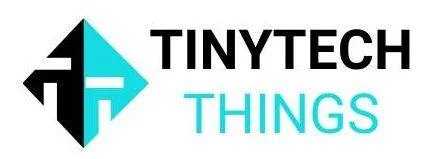In this article, we will explore the basics of Python for data science, including its advantages and features, and how it has revolutionized the field of data science. Whether you are a beginner or an experienced data scientist, this article will provide you with a comprehensive understanding of Python for data science.
Data science is an exciting field that involves extracting insights and knowledge from vast amounts of data using scientific methods and processes. One of the most popular programming languages in data science is Python. With its wide range of libraries and tools, Python has made it easier for data scientists to perform complex analysis and modeling tasks in an efficient and effective way.
Table of Contents
The Basics of Python for Data Science
The programming language Python was initially launched in 1991, and it has been an open-source platform ever since. Since then, it has grown in popularity and is now used by millions of developers worldwide. One of the key reasons for its popularity in the field of data science is its simplicity and ease of use.
To get started with Python for data science, it is important to have a solid understanding of the language itself. Python is a high-level, interpreted language that is known for its simplicity and readability. Unlike other programming languages, Python uses whitespace to define code blocks, making it easy to read and understand.
Libraries Designed for Data Science
Python has a vast ecosystem of libraries and tools that are specifically designed for data science. Some of the most popular libraries include:
- NumPy
- Pandas
- Matplotlib
- Scikit-learn
Python libraries provide data scientists with the tools they need to manipulate and analyze data, as well as build and train machine learning model.
Handling Large Datasets
One of the key advantages of using Python in data science is its ability to handle large datasets. Python’s memory management is highly optimized, which allows it to handle datasets that are too large to fit into memory. This is particularly important in the era of big data, where datasets can easily reach terabytes or even petabytes in size. Python’s ability to handle large datasets makes it an essential tool for data scientists who need to work with big data data science techniques for valuable insights.
Integration with Other Tools and Platforms
Python’s versatility also extends to its integration with other tools and platforms. For example, Python can be seamlessly integrated with Hadoop, Spark, and other big data platforms. This makes it easy for data scientists to work with data that is stored in these platforms and to take advantage of the distributed computing power that they offer.
Building Machine Learning Models
Python’s versatility also makes it an ideal tool for building machine learning models. Python has several libraries, such as Scikit-learn and TensorFlow, that provide data scientists with the tools they need to build and train machine learning models. These libraries make it easy to experiment with different models and algorithms, which is essential for finding the best approach for a given problem.
Python's Popularity
Python’s popularity in the field of data science shows no signs of slowing down. In fact, Python is now the most popular programming language for data science, with a market share of over 50%. This is due to its versatility, ease of use, and ability to handle large datasets. As more and more companies realize the importance of data science, the demand for Python-trained data scientists is only going to increase.
In conclusion, Python is revolutionizing the field of data science. Its versatility, ease of use, and ability to handle large datasets make it an essential tool for data scientists. As the field of data science continues to grow, it is clear that Python will continue to play a critical role in unlocking the secrets hidden within the vast amount of data being generated every day.





